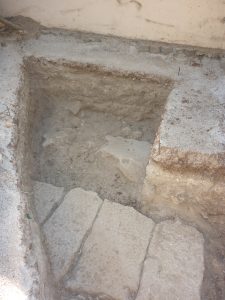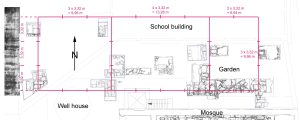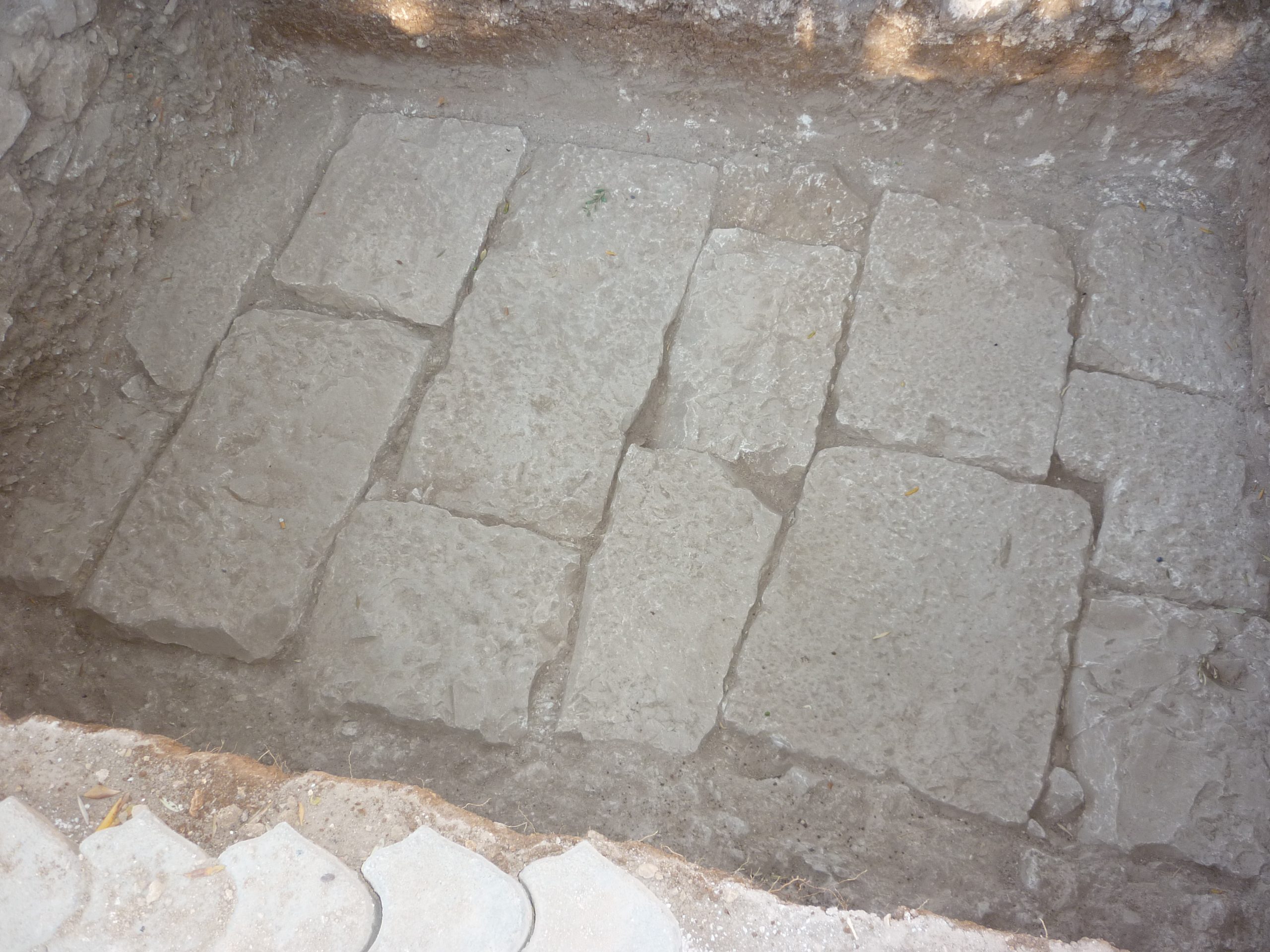Glenn Maffia continues his journey of discovery around the Apollon Temple environment.
EVER since first visiting Didim in 1996 it has always struck me as absurd that a Temple of such crowning magnificence could ever be imagined to be standing so poignantly alone.
In the Greek and Roman world a temple sanctuary would abound with other smaller temples, treasuries and a whole plethora of statues dedicated to other gods and the ‘great and the good’ of humankind.
Though modern Didim appeared content to merely convene on this one, extraordinarily majestic, structure and then to surround it with the trappings and atrocities of mass tourism.
History stirs itself
Though in the recesses of the academic libraries of German, French and British institutions the initial findings of archaeologists, dating from 1857/8 and continuing into the early part of the 20th century reside. Somnolently they awaited an earthly resurrection.
During 1962 excavations commenced, stutteringly, once more under the supervision of the German Institute of Archaeology, initially upon the Sacred Road, though now expanded across the entire site.
Time peels away
I was fortunate to be on site when, in August 2013, the tantalizing evidence of the foundations of a substantial wall were painstakingly unearthed in the garden of the present day mosque.
 Time, regrettably, was fast diminishing for that season’s dig and so these fascinating stones were re-interred into the depths of the earth.
Time, regrettably, was fast diminishing for that season’s dig and so these fascinating stones were re-interred into the depths of the earth.
All the archaeologists could be drawn on was that it was a wall of some description, though I sensed many imaginations were working overtime, mine included.
Needless to say the following year’s dig would seek some answers on this structure; thus in 2014 work focused upon this site and, in the space of a few days the corners were plotted.
Meticulously the inner foundations of the structure were charted and it soon became apparent that the building conformed to a temple lay-out. The euphoria was close to tangible.
Beautifully harmonious
Fragments from the articulation of the building evidenced it was a temple of the Ionic order, while finds of some Doric articulation retrieved nearby were probably from a Stoa (a shaded promenade and public meeting place) located in this vicinity.
The proportions of the sections of the temple are mathematically harmonious; all revolving around the figure of 3.31m. The length of the entrance section is 2 x 3.31m, the central section 4 x 3.31m and the inner sanctum 3 x 3.31m; a total length of 29.79 metres. While the width is 3 x 3.31m; total 9.93 metres. Therefore, given the thickness of the walls, the temple measures 30.98 metres by 11.05 metres.

Its geography resides approximately two metres north from the present day mosque (actually the archaeology continues beneath the surface into the old Greek church/Turkish mosque, if this is part of the temple or another building is still a question of debate) and crosses the garden and wall into the disused school grounds, beneath the dilapidated and vandalized building and into the playground to the west.
Destruction of the Temple
This Temple was either razed to the ground by the Christians after Theodosius’ edict to outlaw any form of Pagan worship, or simply converted into a Christian place of worship.
If destroyed, then a church was likely positioned over its site, as a puerile declaration of total usurpation. This in turn was destroyed, maybe by an earthquake, and its stones used to build a new church (which ironically has been usurped to house the present day mosque) in the middle of the 19th century.
A veritable metropolis
Though I named the site the ‘Temple of Artemis’ upon our map there is absolutely no evidence this temple was dedicated to Apollo’s twin sister. Anyway, as the dating appears to confirm a construction of the 1st century CE, this would be a Roman building and they called Artemis, Diana.
Nonetheless, this is further evidence, along with all the other finds surrounding the Temple of Apollo that indicates conclusively what an extensive centre of activity the whole vicinity once presented.
